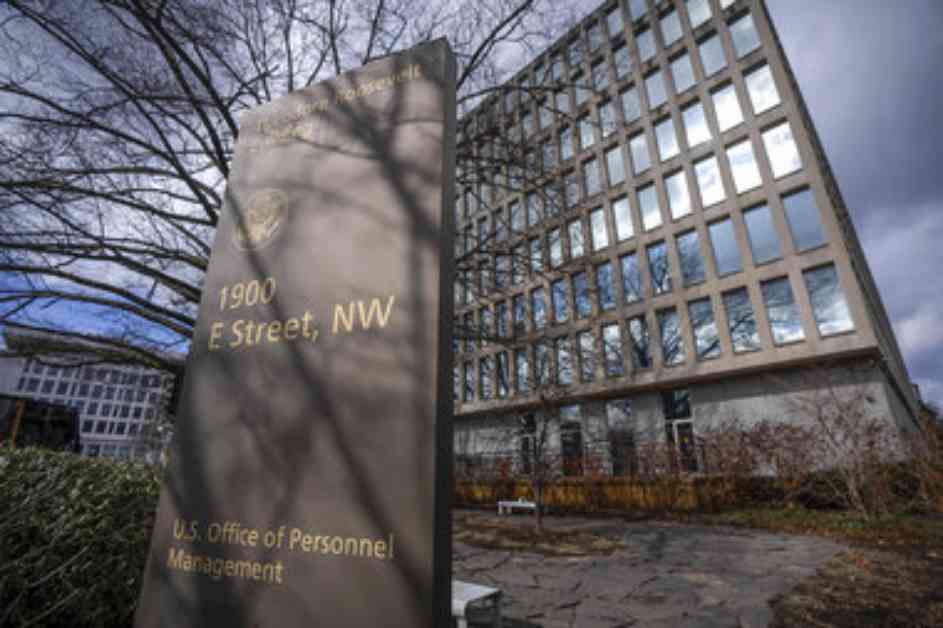The Trump administration’s push to bring federal employees back to the office has sparked controversy and debate over the future of remote work within government agencies. This move, initiated by President Trump’s executive memo on his first day in office, marked a significant shift in federal workforce policies. As deadlines approach for agencies to submit plans to return employees to the office, questions arise about the impact on productivity, morale, and the overall work environment.
Controversy and Concerns Surrounding the Return-to-Office Mandate
President Trump’s decision to end remote work for federal employees has raised concerns among government workers and lawmakers alike. While Trump allies view this shift as a restoration of high standards and government accountability, Democrats and many federal employees fear it may lead to an exodus of workers and undermine the expertise within the civil service.
The call to return to the office comes at a time when remote work has become increasingly prevalent, with about 22% of the federal workforce teleworking before the pandemic. However, the surge in remote work during the pandemic has challenged traditional work norms and prompted a broader debate on the future of work arrangements within government agencies.
Impact on Federal Employees and Work Environment
As federal employees navigate the transition back to the office, many are facing uncertainty and challenges in adjusting to new work requirements. Some employees, protected under collective bargaining agreements, are concerned about the implications of Trump’s executive order on their work arrangements.
For many workers, remote work has offered flexibility and relief from the high costs of living and commuting in urban areas like Washington, D.C. However, the return-to-office mandate has disrupted these arrangements and left some employees grappling with longer commutes and logistical challenges.
One Department of Justice employee, who chose to remain anonymous, highlighted the personal toll of commuting long distances to work and the impact on work-life balance. While acknowledging some benefits of in-person work, the employee expressed concerns about the punitive nature of the return-to-office mandate and its potential impact on workforce attrition.
The future of remote work within the federal government remains uncertain, as lawmakers and agencies continue to debate the merits of in-person versus remote work arrangements. With ongoing legislative proposals to relocate federal headquarters and reshape government offices, the federal workforce faces a period of transition and change.
In conclusion, the Trump administration’s directive to bring federal employees back to the office has ignited a broader conversation on the future of work within government agencies. As employees navigate the complexities of this transition, questions remain about the impact on productivity, morale, and the overall work environment. The ongoing debate over remote work underscores the need for thoughtful policies that balance the needs of employees with the goals of government efficiency and accountability.

